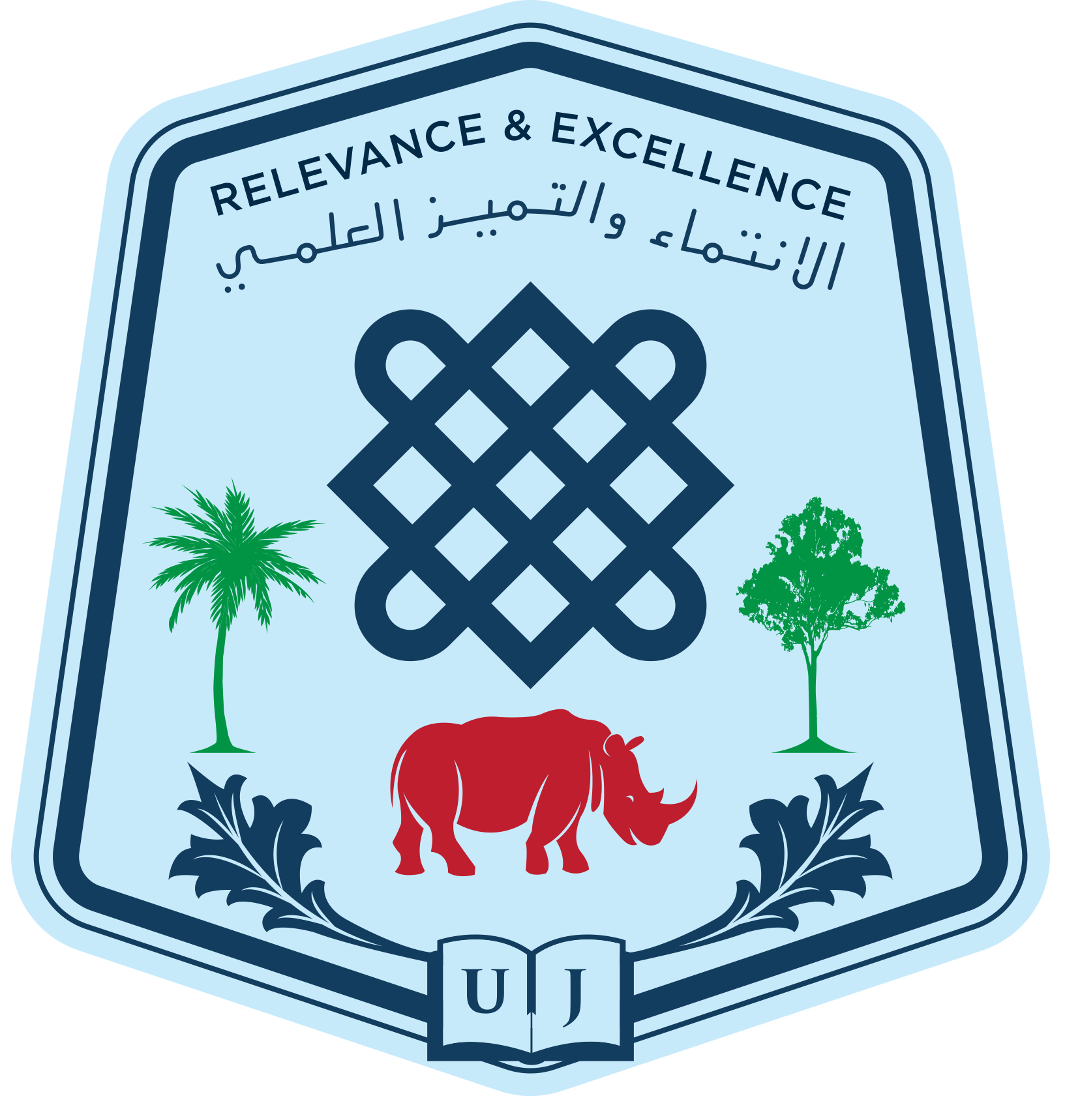Lukou, Y. S., Abdelrahman, M. M., Mohammed, Y. O., Jumi, L. G., Ochi, E. B., Suliman, Y. R., & Elrayah, I. E.
Abstract
Glossina fuscipes fuscipes continue to be the primary tsetse vectors of Trypanosoma brucei gambiense, the cause of Human African Trypanosomiasis (HAT), in South Sudan, where the HAT Control Strategy does not include a vector control component. Priority regions for vector control can be determined using data on fly apparent density/ trap/day. Insecurity and logistic problem makes it impossible for vector control activities to be carried out, therefore, there is a need for an alternative method to assess vector population without having physical presence in fields. What is needed under these circumstances are the environmental parameters that influence vector population density in the study area. Such variables are always available in meteorological stations in the Country. The study aims at providing information on Glossina fuscipes fuscipes apparent density/trap/day in Kajo-Keji County by employing Multiple Linear Regression Models with input from environmental variables (Atmospheric temperature, precipitation, relative humidity and wind speed). Tsetse field surveys were conducted along 8 streams in the study area from January to December 2012. To estimate fly apparent density/trap/day as a function of probable factors for tsetse fly catches, twelve linear regression models were created. The paired samples T-test in SPSS was used to investigate the discrepancy between the fly apparent densities produced by the models and the actual densities from the survey. The top and lower limits of the model agreements were 5.97 and -11.65, respectively, and the prediction values of the models demonstrated the monthly trends of G. fuscipes fuscipes abundance. The model appears fit for the data and prediction of the fly apparent density from the various predictors (F (4,11) =14.321, P <0.02). The densities predicted by the models did not vary statistically (df=11; P = 0.69) from the actual ones. This study could contribute to provide information on the peaks of the vector abundance that may guide strategic plans for tsetse and HAT control programmes in South Sudan. Multiple Linear Regression Models are robust and flexible and could find applications in the various aspects of tsetse studies and provide useful information for tsetse and trypanosomiasis control programmes in South Sudan.
